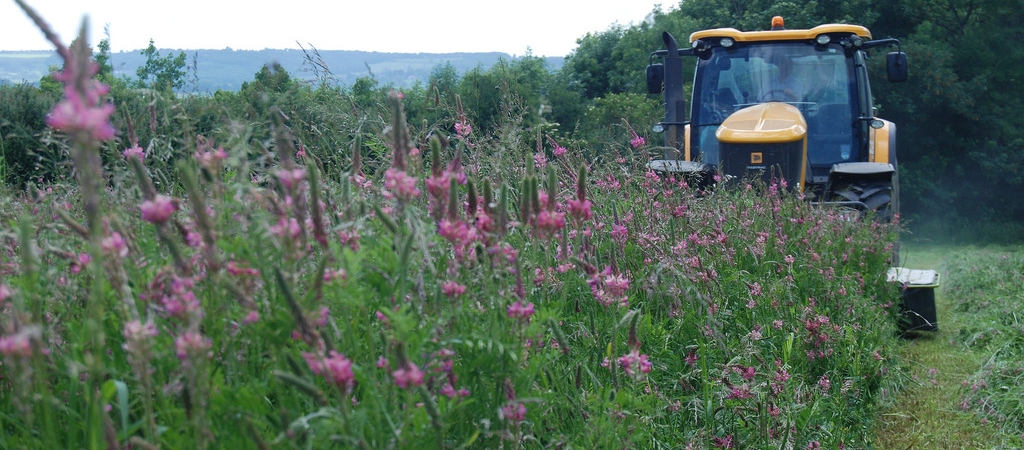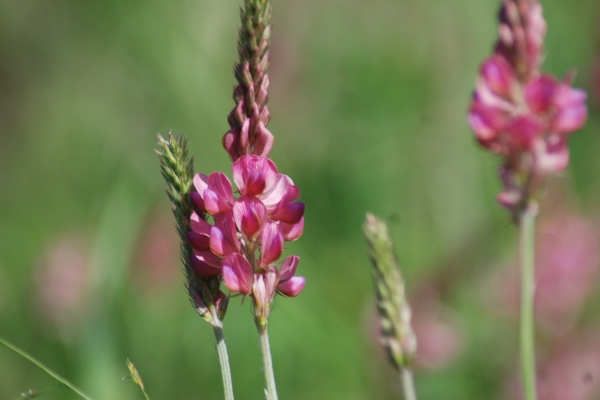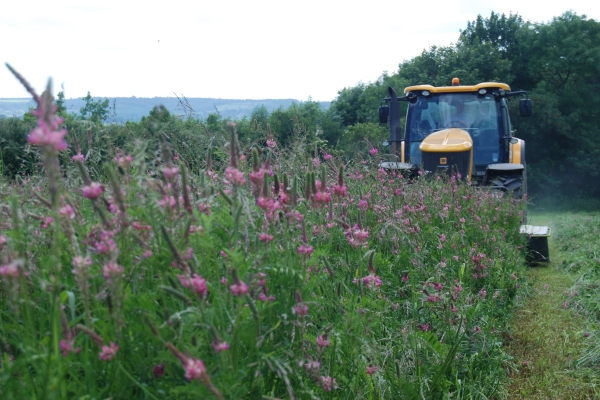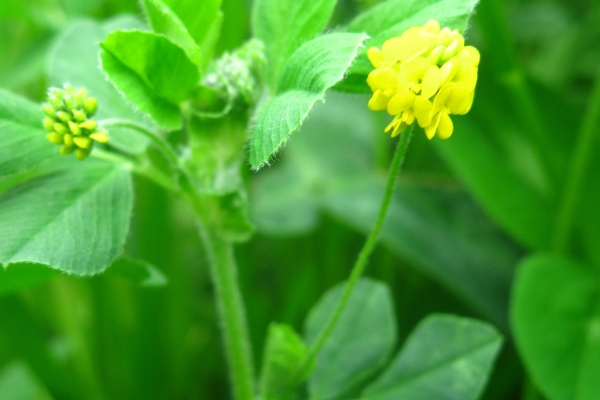Introducing The LegumePlus Project: Sainfoin, Birdsfoot Trefoil & Red Clover
Resource explained
This Cotswold Seeds video introduces LegumePlus; an EU-funded international project which researched how legumes, particularly sainfoin and birdsfoot trefoil, can improve ruminant nutrition, milk and meat quality and cheese production, reduce greenhouse gas emissions, and control parasitic worms. Paul Totterdale introduces footage of scientists involved. Professor Mueller-Harvey describes why sainfoin is so important and can save farmers money. Professor Thamsborg describes how it can benefit dairy and cattle farmers, setting it in context against rising problems of drug resistance in livestock and explaining how tannins in the legumes have an anti-parasitic effect and enhance animal immunity. Dr Hoste touches on the beneficial ability of sainfoin to reduce bloat in cattle. Professor Salimen explains the beneficial effects of ellagitannins found in willowherb and investigations comparing them to those attributed to sainfoin’s condensed tannins. Dr Bee touches on the impact sainfoin and similar crops have on the food chain and meat and milk quality.
Findings & recommendations
- Sainfoin was rejected historically because it did not generate as reliable and good yields as lucerne and white clover. But, unlike them, it was not bred to find improved varieties. NIAB and other partners are looking at ways of breeding new sainfoin and birdsfoot trefoil varieties.
- Leguminous plants are rich in condensed tannins that are attributed to an anti-parasitic effect and immunity enhancement in animals. It is hoped that investigations will lead to replacing or integrating the plants with drug use, limiting both the amount of drugs used and animal drenching.
- Ellagitannins, found in willowherb, are attributed to it originally being used by farmers in Finland to help increase milk yields in ruminants.
- There is some indication that tannins found in some legumes might have an effect on microbes that hydrogenate the fatty acids in the rumen, and feeding these tannins reduces the activities of the microorganisms and therefore increases the amount of polyunsaturated fatty acid in milk.
- You can access lots of useful information on the project from the LegumePlus home page including:
- Main areas of research (agronomy, animal nutrition, anti-parasitic benefits, chemistry & biology, environmental benefits, plant breeding);
- key research findings;
- the dissemination event held at NIAB;
- information on key legume species;
- HealthyHay Project information.








